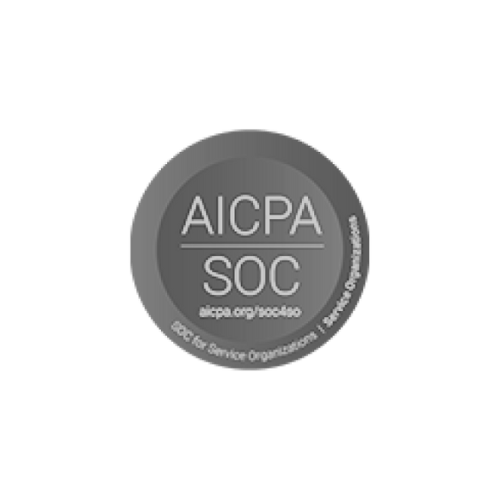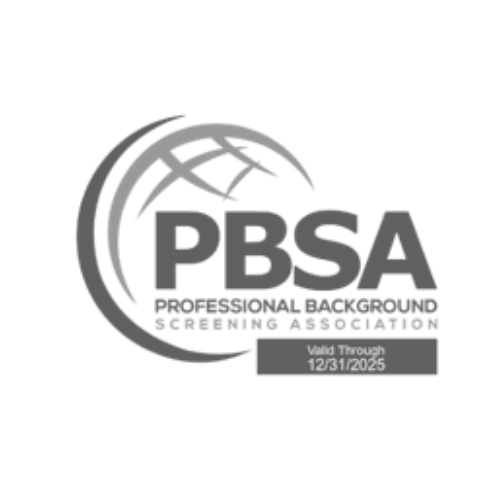Why Employment Gaps Still Make HR Nervous
For many hiring managers, spotting a gap on a résumé triggers immediate doubt. Was the candidate unemployable? Were they hiding something? But in today’s evolving world of work, this mindset is not only outdated, it can cost organizations top-tier talent. Career breaks are more common than ever due to caregiving, reskilling, entrepreneurship, or health. Yet too often, gaps are treated as red flags instead of context-rich signals. Misinterpreting them can lead to lost opportunities, reputational risk, and biased hiring decisions.
The Changing Nature of Career Paths
The linear career is disappearing. Professionals are increasingly taking non-linear paths that include sabbaticals, freelance stints, or career switches. Some realities HR must acknowledge:
- Reskilling and Upskilling: With rapid technological change, professionals step out of the workforce to pursue new qualifications. That “gap” may actually signal ambition.
- Caregiving Responsibilities: Parents and caregivers often pause careers to support family. Penalizing these gaps disproportionately impacts women and undermines diversity goals.
- Entrepreneurship and Side Ventures: Many professionals try their hand at startups or consulting. Even if these ventures don’t succeed, the experience can bring valuable resilience and problem-solving skills.
- Global Trends: In markets with unstable economies, layoffs or restructures create unavoidable employment gaps. Treating these as individual failings ignores larger systemic forces.
Where HR Leaders Go Wrong with Gaps
Despite this shift, many organizations still use outdated assumptions:
- Assuming the Worst: Gaps are often equated with laziness or incompetence without exploring the actual reason.
- Over-Probative Questioning: Some interviews push candidates into disclosing personal details that breach privacy norms or cross ethical lines.
- One-Size-Fits-All Policies: Automated résumé screening systems sometimes filter out candidates with non-continuous timelines, without a human eye reviewing the context.
The Risks of Misinterpretation
- Losing High-Potential Talent: Skilled candidates with unconventional paths can bring innovation and fresh perspectives that traditional hires may lack.
- Legal and Ethical Pitfalls: Probing too deeply into personal matters like health or family can open organizations to discrimination claims.
- Reputation Damage: Organizations seen as inflexible or biased risk losing credibility with both candidates and the broader market.
A Smarter Framework for Gap Evaluation
Instead of automatically penalizing employment breaks, HR leaders can adopt a structured, fair approach:
1. Contextual Review
- Train recruiters to evaluate gaps within the broader career story.
- Encourage asking open, non-invasive questions that allow candidates to explain their career journey.
2. Bias Training for Hiring Teams
- Educate managers on the legitimate reasons behind career gaps.
- Highlight how unconscious bias can harm diversity and innovation goals.
3. Update ATS and Screening Practices
- Avoid automated rejections based solely on résumé gaps.
- Incorporate human review or adaptive algorithms that factor in context.
4. Shift the Focus from Time to Skills
- Instead of how long someone was employed, assess the skills they bring.
- Look at projects, certifications, or community work completed during gaps.
Case Examples: Gaps Reframed as Strengths
- Tech Candidate Reskilling: A developer took 18 months off to learn cybersecurity and re-entered with skills critical to the company’s future needs.
- Caregiver Comeback: A senior manager paused for three years to care for aging parents, then returned with sharpened empathy and crisis management skills.
- Failed Startup Experience: A candidate’s startup didn’t succeed, but they gained first-hand expertise in business operations and resilience—qualities a multinational later leveraged in an innovation role.
Actionable Steps HR Leaders Can Take Now
- Audit existing hiring policies for bias against gaps.
- Train interviewers on ethical, open-ended questioning.
- Redesign job descriptions to emphasize skills over continuous employment.
- Partner with returnship or re-entry programs that support candidates with career breaks.
- Communicate openly with candidates about how your organization views employment gaps to build trust.
Turning Gaps into Gateways
Employment gaps are no longer rare exceptions—they are part of the modern career landscape. Treating them as liabilities instead of potential strengths is short-sighted. HR leaders who reframe how gaps are evaluated can unlock overlooked talent pools, advance diversity goals, and build more resilient teams. The organizations that adapt to this reality will not only avoid losing high-potential talent but will also stand out as forward-thinking employers in a competitive market.
It’s time to stop penalizing career breaks and start seeing them for what they often are: gateways to skills, perspective, and potential that traditional résumés can’t always capture.















